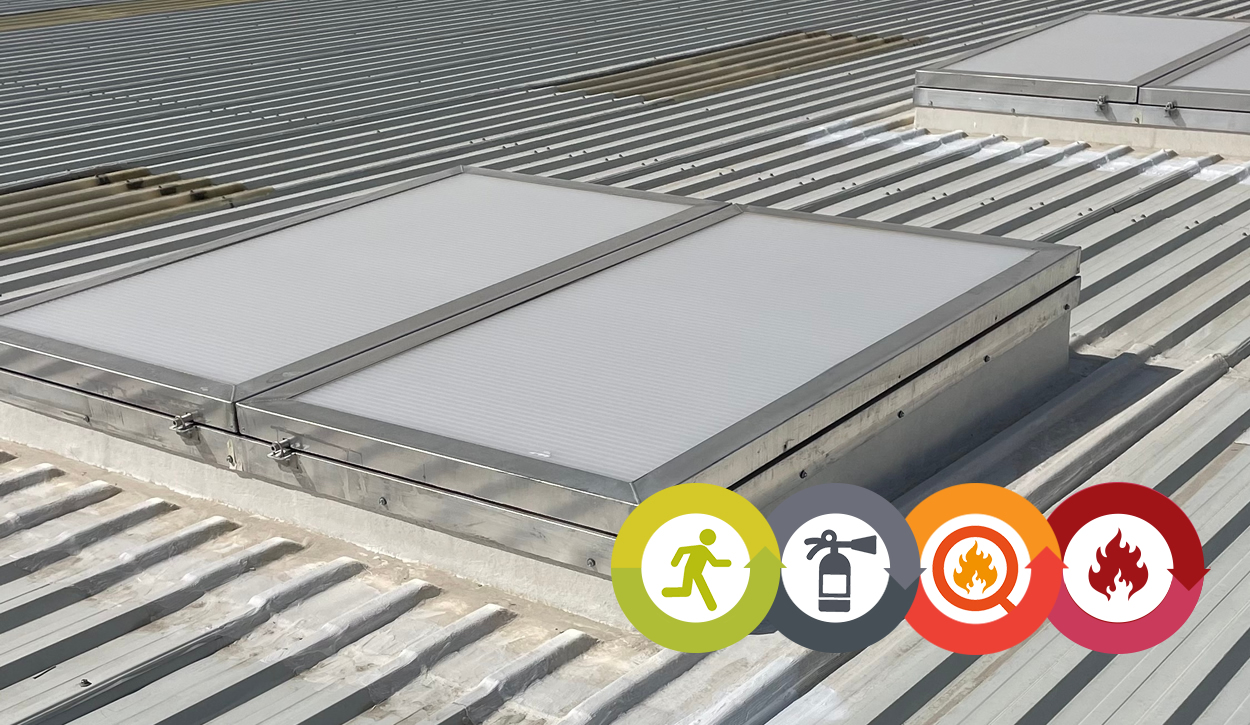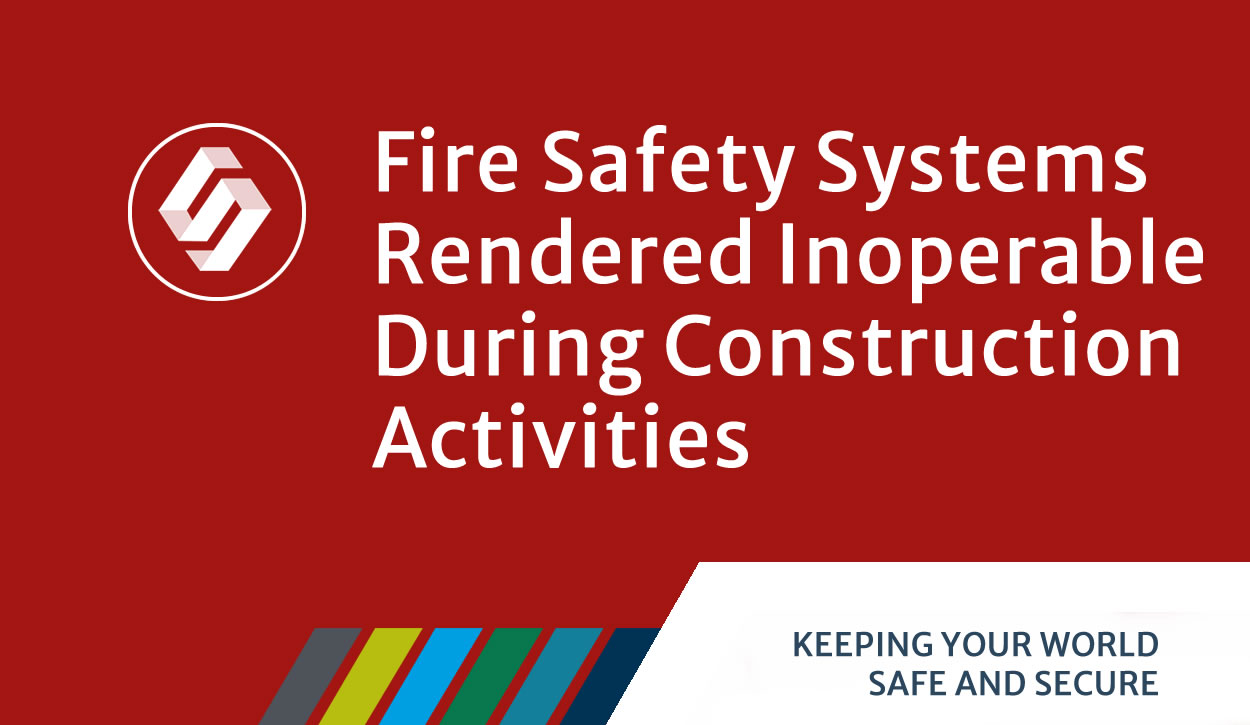Vital Fire Safety Systems Rendered Inoperable During Construction Activities
Collaborative Reporting for Safer Structures (CROSS-UK) has raised critical concerns about Automatic Opening Vents (AOVs) being disabled during construction activities such as cladding remediation and façade works. These incidents highlight a pressing need for stricter controls and heightened awareness to safeguard vital fire safety systems during building projects.

The Role of AOVs in Fire Safety
AOVs are a cornerstone of a building’s fire safety strategy, designed to vent smoke and maintain visibility during emergencies, aiding in safer evacuation. However, due to their resemblance to standard windows, contractors may inadvertently compromise their functionality. Key Safety Reports from CROSS-UK represent a stark warning.
CROSS-UK Safety Report 1347
- Case 1: During cladding remediation, contractors disconnected AOVs from their electrical components, rendering them non-functional.
- Case 2: Cladding was improperly fixed into AOV frames, disabling them for several months.
CROSS-UK Safety Report 1380
- Incident: AOVs were inadvertently blocked during façade works when operatives applied render to the exterior, preventing the vents from operating in a fire.
Importance of Fire Risk Assessments During Works
These cases underscore the risks posed by insufficient oversight and awareness during construction activities. To mitigate these risks, fire risk assessments must be reviewed and updated throughout the construction process. Key considerations include:
- Addressing New Risks: Construction activities, such as exposing combustible materials, may increase fire risks that require immediate attention.
- Implementing Interim Measures: Adjust evacuation strategies, such as revising “Stay Put” policies, to ensure safety during ongoing works.
- Assessing Occupancy Safety: If fire risks cannot be adequately mitigated, decisions about the building’s continued occupation may need to be made.
A Call for Action
These incidents also serve as a stark reminder of the critical importance of safeguarding fire safety systems during construction projects. By enforcing stricter controls, ensuring contractor awareness, and maintaining robust fire risk assessments, stakeholders can help prevent potentially life-threatening consequences.
Legal Obligations for High-Rise Buildings
Under the Fire Safety (England) Regulations 2022 (Regulation 7), the Responsible Person is required to report faults in essential firefighting equipment, including instances where AOVs or other systems are disabled in high-rise residential buildings. This highlights the legal imperative to prioritize the maintenance and functionality of AOVs as a crucial element of fire safety. By implementing these measures, the construction industry can significantly reduce the risk of compromising fire safety during building works and ensure compliance with fire safety regulations.
Training and Awareness for Construction Workers
Improved training for onsite construction workers is essential to raise awareness of AOVs and their critical role in fire safety. Training programs should emphasise the importance of identifying, protecting, and maintaining the operability of AOVs during construction and renovation activities. Vents (AOVs) and ensure they remain operable and unobstructed throughout the project. Temporary signage should be installed to clearly indicate the importance of keeping these critical fire safety components clear and functional.
Permanent Signage for AOVs
To enhance long-term safety, the industry should consider installing permanent but discreet signage on AOVs. These signs can be designed to integrate seamlessly with the building’s architecture, ensuring functionality without compromising aesthetics.
SS Systems are experts at fire risk assessment for commercial locations where AOVs will be located. Temporary construction works pose significant increases in risks for fire safety.
#FireAlarms #FireRiskAssessment #FireSafetyEquipment #FireAlarmMaintenance #AccessControl #CCTV

